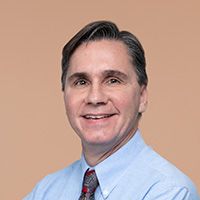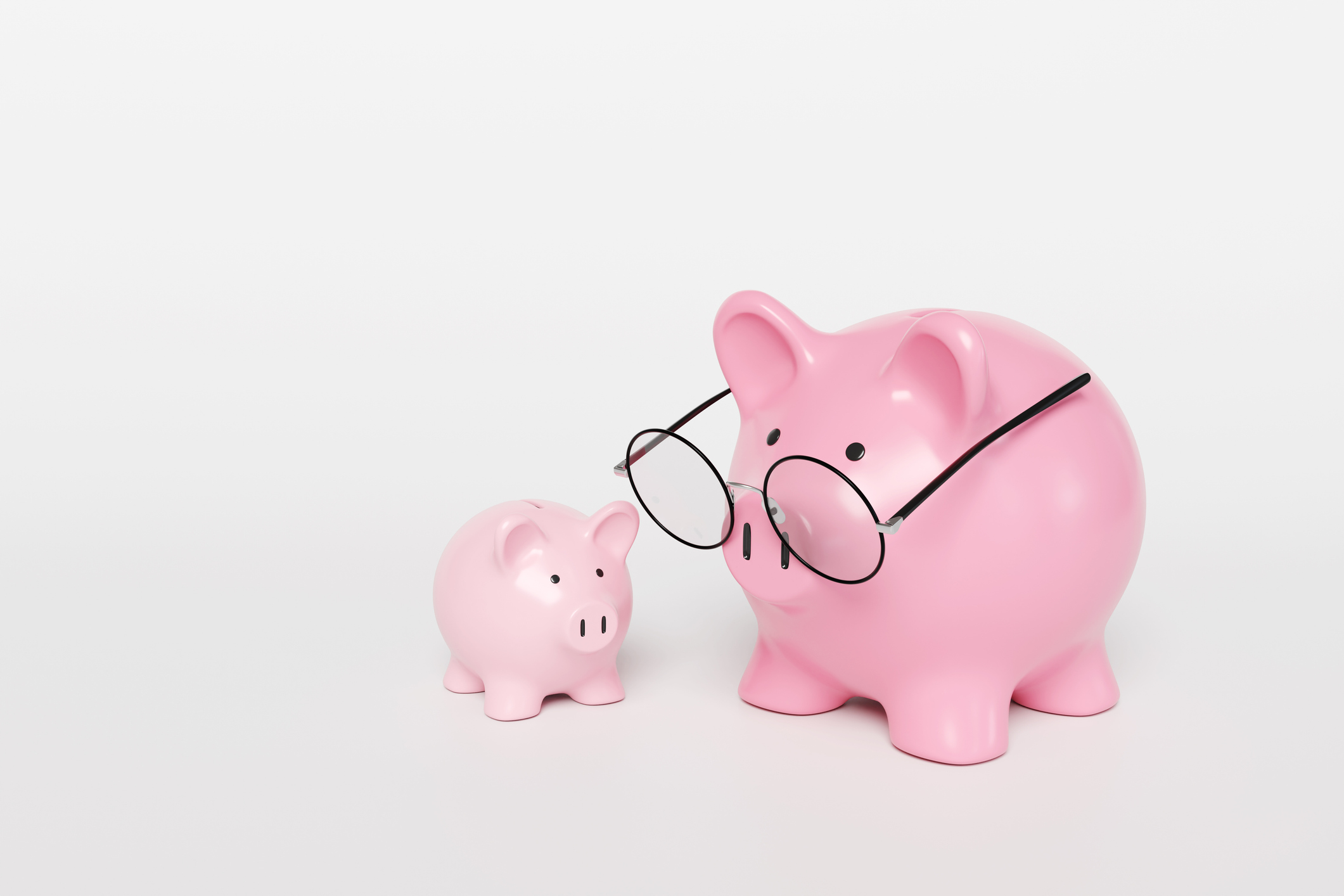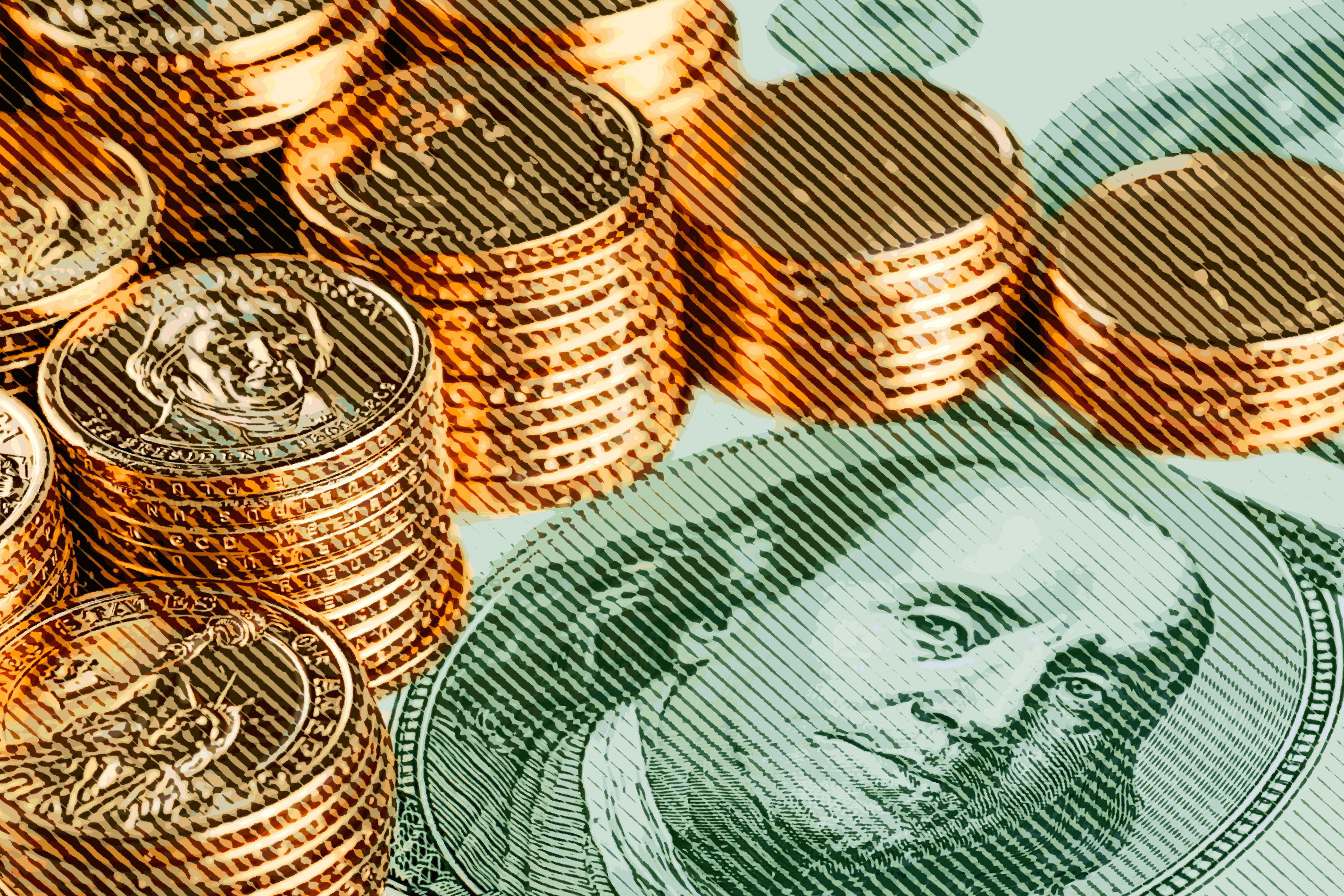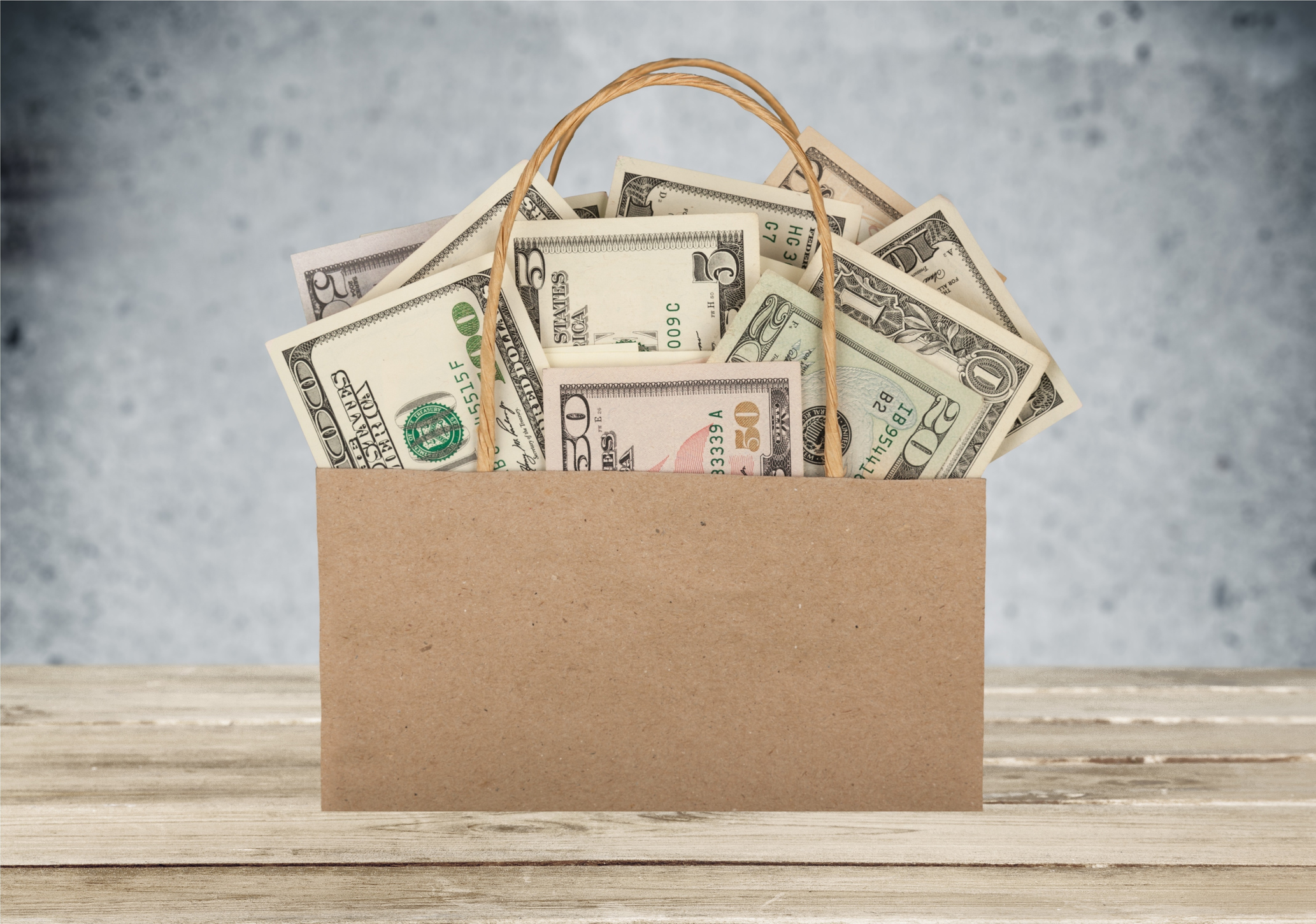Tax Credits Included in Coronavirus Paid Leave Law
The Families First Coronavirus Response Act creates tax credits to help employers required to provide sick and family leave benefits and self-employed people who can't work because of the coronavirus.


A critical part of coronavirus (COVID-19) mitigation plans is making sure sick people stay home. But workers who are afraid of missing a paycheck might not take off work if they are ill. So, to alleviate that fear, the Families First Coronavirus Response Act, which President Trump signed on March 18, 2020, forces many employers to provide paid sick and family leave for workers affected by the virus. However, to shift most of the financial burden for paid leave off the employer's back, tax credits are also available to reimburse employers for some of the cost. Self-employed people who can't work because of the coronavirus get tax credits, too.
The new law does not include a payroll tax cut, stimulus checks, or other tax relief provisions. However, Congress and the Trump administration are already working on another coronavirus stimulus bill that could include additional tax law changes. We'll be keeping a close eye on any subsequent legislation or other coronavirus-related tax news. So, stay tuned and check back frequently for more information. For now, though, here are the basics on the paid leave benefits and related tax credits found in the new law.
Paid Leave Benefits
The Families First Coronavirus Response Act requires private employers with fewer than 500 workers and all public employers to provide paid sick leave to employees affected by the coronavirus (exceptions for health care providers, emergency responders and certain small businesses are allowed). Full-time workers get up to 80 hours of sick leave, while part-time workers get sick leave for the average number of hours they work over a two-week period. A worker is only able to take paid leave if he or she is:
From just $107.88 $24.99 for Kiplinger Personal Finance
Become a smarter, better informed investor. Subscribe from just $107.88 $24.99, plus get up to 4 Special Issues

Sign up for Kiplinger’s Free Newsletters
Profit and prosper with the best of expert advice on investing, taxes, retirement, personal finance and more - straight to your e-mail.
Profit and prosper with the best of expert advice - straight to your e-mail.
- Subject to a federal, state or local coronavirus quarantine or isolation order;
- Advised by a health care provider to self-quarantine due to coronavirus concerns;
- Experiencing coronavirus symptoms and seeking a medical diagnosis;
- Caring for someone else who is subject to a coronavirus-related federal, state or local quarantine or isolation order, or who has been advised by a health care provider to self-quarantine due to coronavirus-related concerns;
- Caring for a son or daughter if the child's school or daycare has been closed, or the child's care provider is unavailable, due to coronavirus precautions; or
- Experiencing any other substantially similar condition specified by the Secretary of Health and Human Services.
Workers who are sick or quarantined get full pay while on coronavirus leave, up to $511 per day ($5,110 in total). Workers caring for another person or on leave because of an HHS-specified condition get two-thirds of their normal pay while on leave, up to $200 per day ($2,000 in total).
The new law also extends the existing Family and Medical Leave Act (FMLA) to cover a worker's absence (including an inability to telework) to care for a minor son or daughter if the child's school or daycare has been closed, or the child's care provider is unavailable, because of the coronavirus.
Workers receive two-thirds of their regular salary while on coronavirus-related FMLA leave, but compensation is capped at $200 per day and $10,000 in total. However, this leave does not kick in until after 10 days. (During that time, workers are presumably able to take sick leave as described above.)
The expanded FMLA provisions apply to employers with fewer than 500 employees, but not to certain health care providers and emergency responders. Exemptions are also available for small businesses with fewer than 50 employees if the new requirements jeopardize the business's viability.
Any wages paid as coronavirus sick or family leave aren't subject to Social Security (or Railroad Retirement) payroll taxes paid by employers.
Tax Credits for Employers
While employers initially have to foot the bill for the new sick and family leave benefits, at least some of the costs are paid back through refundable tax credits against the 6.2% Social Security (or Railroad Retirement) payroll tax imposed on employers. The credits are, however, subject to certain restrictions and limitations.
For the new sick leave benefits, the credit is limited to $511 per day for workers taking leave because they are sick or quarantined. The limit is $200 per day for workers taking leave to care for another person or on leave because of an HHS-specified condition. The credit is further reduced by a 10-sick-days-per-worker limit.
For the expanded FMLA benefits, the credit is limited to $200 per day, per employee. The credit also can't exceed $10,000 in total for any worker.
Employers are also given additional payroll tax credits for group health plan costs for, and the 1.45% Medicare payroll tax on wages paid to, workers on coronavirus sick or family leave.
Tax Credits for Self-Employed
Self-employed people are not left out in the cold. They receive refundable tax credits against the self-employment tax that are similar to those allowed for employers.
The sick leave credit is based on a self-employed person's "qualified sick leave equivalent amount." That amount is equal to (1) up to 10 days during the year that the person can't work for a reason that would entitle them to coronavirus-related sick leave if he or she were an employee, (2) multiplied by the lesser of:
- $511 per day for people who are sick or quarantined, or $200 per day for people caring for another person or on leave because of an HHS-specified condition; or
- 100% of a sick or quarantined person's average daily self-employment income for the year, or 67% of the average daily self-employment income for a person caring for another person or on leave because of an HHS-specified condition.
A self-employment tax credit is also be available for 100% of a person's "qualified family leave equivalent amount." That amount is equal to (1) up to 50 days during the year that the person can't work for a reason that would entitle them to coronavirus-related family leave if he or she were an employee, (2) multiplied by the lesser of:
- $200; or
- 67% of the person's average daily self-employment income for the year.
Profit and prosper with the best of Kiplinger's advice on investing, taxes, retirement, personal finance and much more. Delivered daily. Enter your email in the box and click Sign Me Up.
Rocky Mengle was a Senior Tax Editor for Kiplinger from October 2018 to January 2023 with more than 20 years of experience covering federal and state tax developments. Before coming to Kiplinger, Rocky worked for Wolters Kluwer Tax & Accounting, and Kleinrock Publishing, where he provided breaking news and guidance for CPAs, tax attorneys, and other tax professionals. He has also been quoted as an expert by USA Today, Forbes, U.S. News & World Report, Reuters, Accounting Today, and other media outlets. Rocky holds a law degree from the University of Connecticut and a B.A. in History from Salisbury University.
-
 Forget FIRE: Why ‘FILE’ Is the Smarter Move for Child-Free DINKs
Forget FIRE: Why ‘FILE’ Is the Smarter Move for Child-Free DINKsHow shifting from "Retiring Early" to "Living Early" allows child-free adults to enjoy their wealth while they’re still young enough to use it.
-
 7 Tax Blunders to Avoid in Your First Year of Retirement
7 Tax Blunders to Avoid in Your First Year of RetirementA business-as-usual approach to taxes in the first year of retirement can lead to silly trip-ups that erode your nest egg. Here are seven common goofs to avoid.
-
 How to Plan for Social Security in 2026's Changing Landscape
How to Plan for Social Security in 2026's Changing LandscapeNot understanding how the upcoming changes in 2026 might affect you could put your financial security in retirement at risk. This is what you need to know.
-
 10 Cheapest Places to Live in Washington
10 Cheapest Places to Live in WashingtonProperty Tax Is Washington your go-to ski destination? These counties combine no income tax with the lowest property tax bills in the state.
-
 3 Major Changes to the Charitable Deduction for 2026
3 Major Changes to the Charitable Deduction for 2026Tax Breaks About 144 million Americans might qualify for the 2026 universal charity deduction, while high earners face new IRS limits. Here's what to know.
-
 Retirees in These 7 States Could Pay Less Property Taxes Next Year
Retirees in These 7 States Could Pay Less Property Taxes Next YearState Taxes Retirement property tax bills could be up to 65% cheaper for some older adults in 2026. Do you qualify?
-
 Estate Tax Quiz: Can You Pass the Test on the 40% Federal Rate?
Estate Tax Quiz: Can You Pass the Test on the 40% Federal Rate?Quiz How well do you know the new 2026 IRS rules for wealth transfer and the specific tax brackets that affect your heirs? Let's find out!
-
 Law Reversal Looming? Trump Eyes 2026 Gambling Winnings Tax Change
Law Reversal Looming? Trump Eyes 2026 Gambling Winnings Tax ChangeTax Deductions It's no secret that the IRS is coming after your gambling winnings in 2026. But how long will that last?
-
 Trump's Plan to Eliminate Income Tax: 7 Things to Know Now
Trump's Plan to Eliminate Income Tax: 7 Things to Know NowTax Policy The potential consequences of eliminating taxes in favor of Trump tariffs could impact everything from inflation to Social Security and might give some U.S. taxpayers pause.
-
 5 Types of Gifts the IRS Won’t Tax: Even If They’re Big
5 Types of Gifts the IRS Won’t Tax: Even If They’re BigGift Tax Several categories of gifts don’t count toward annual gift tax limits. Here's what you need to know.
-
 The 'Scrooge' Strategy: How to Turn Your Old Junk Into a Tax Deduction
The 'Scrooge' Strategy: How to Turn Your Old Junk Into a Tax DeductionTax Deductions We break down the IRS rules for non-cash charitable contributions. Plus, here's a handy checklist before you donate to charity this year.
